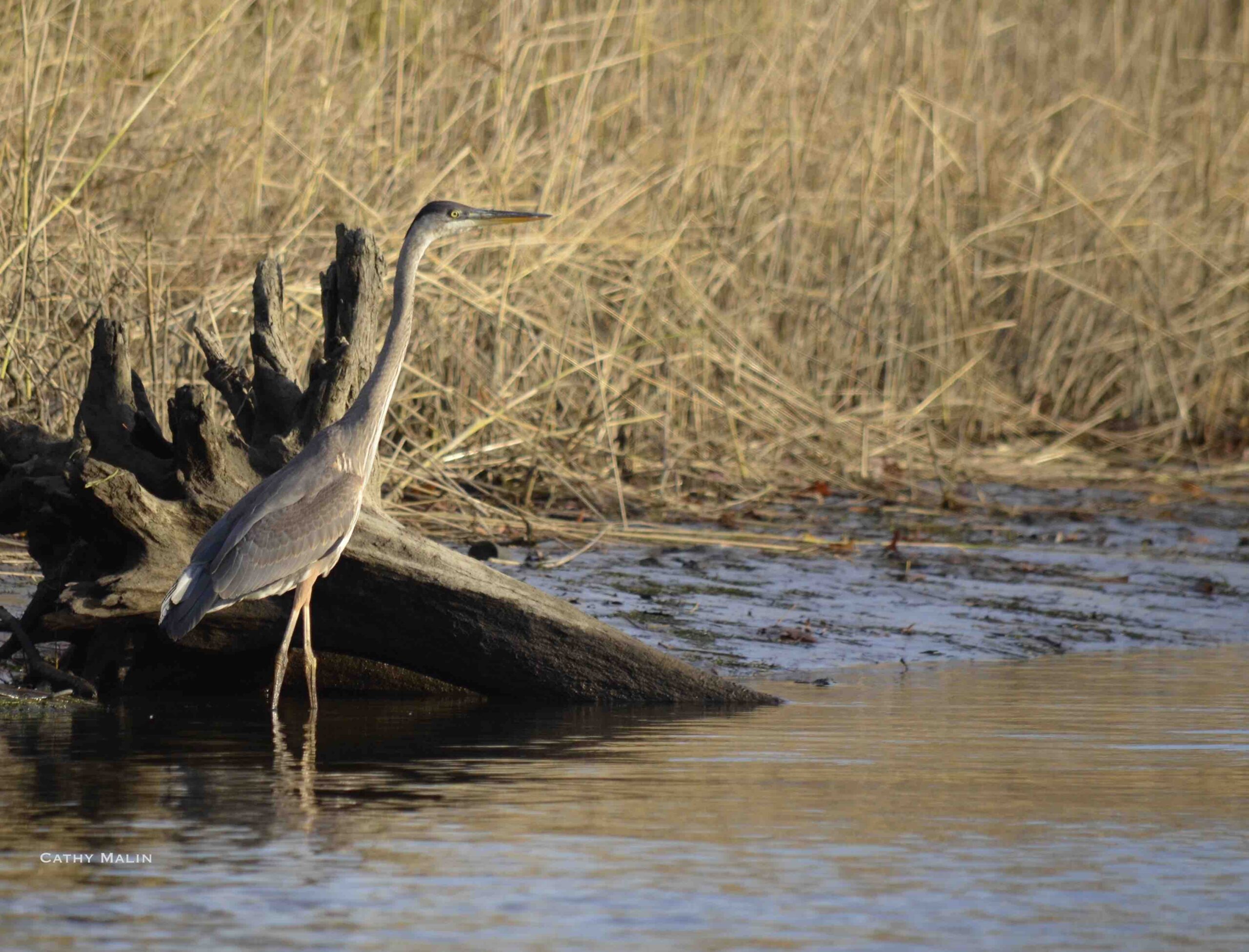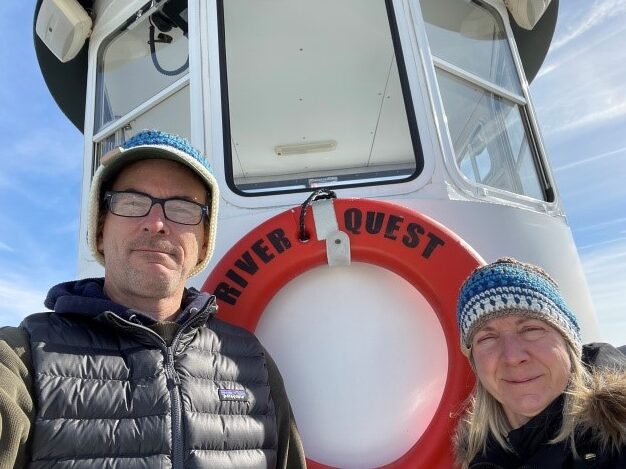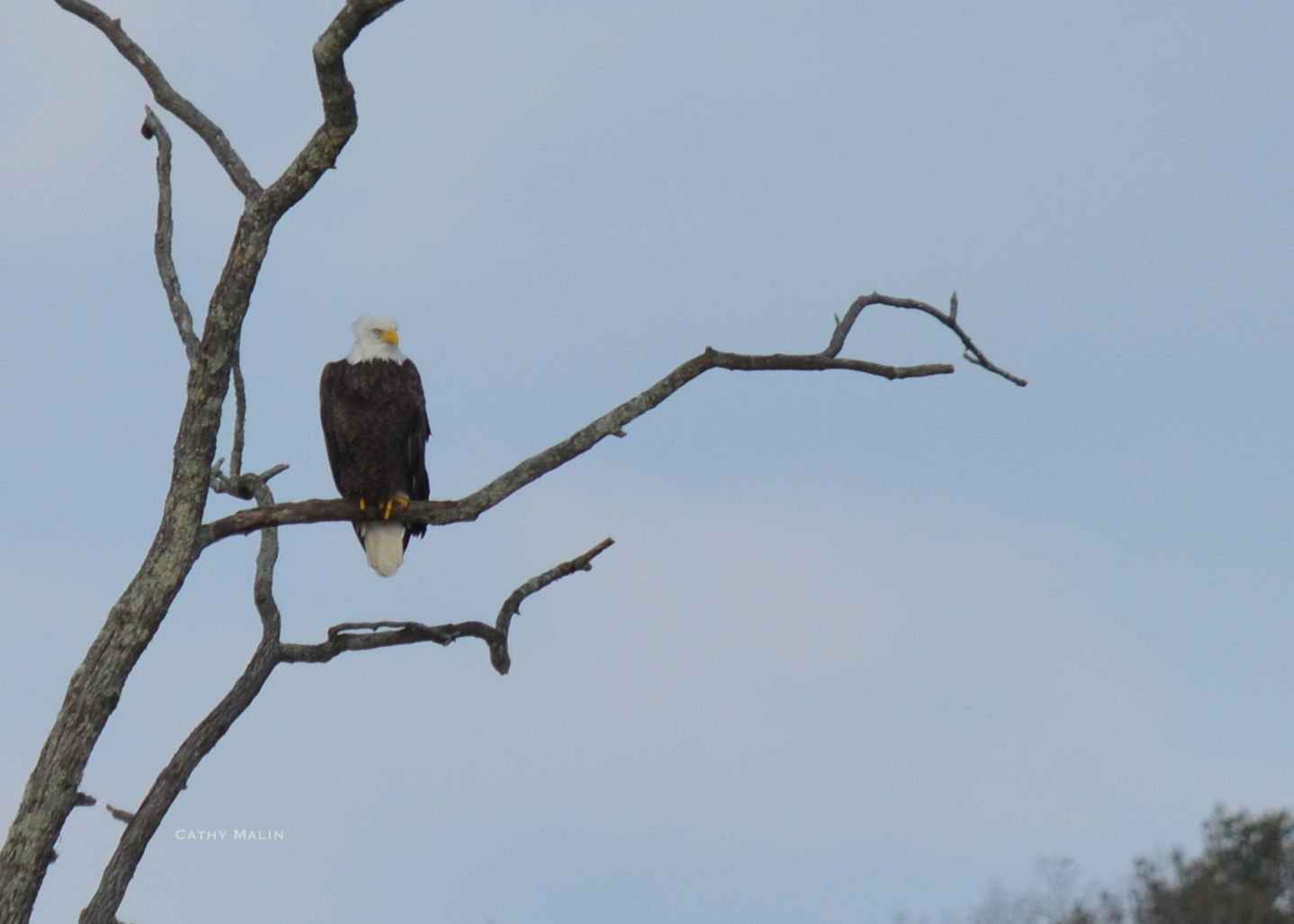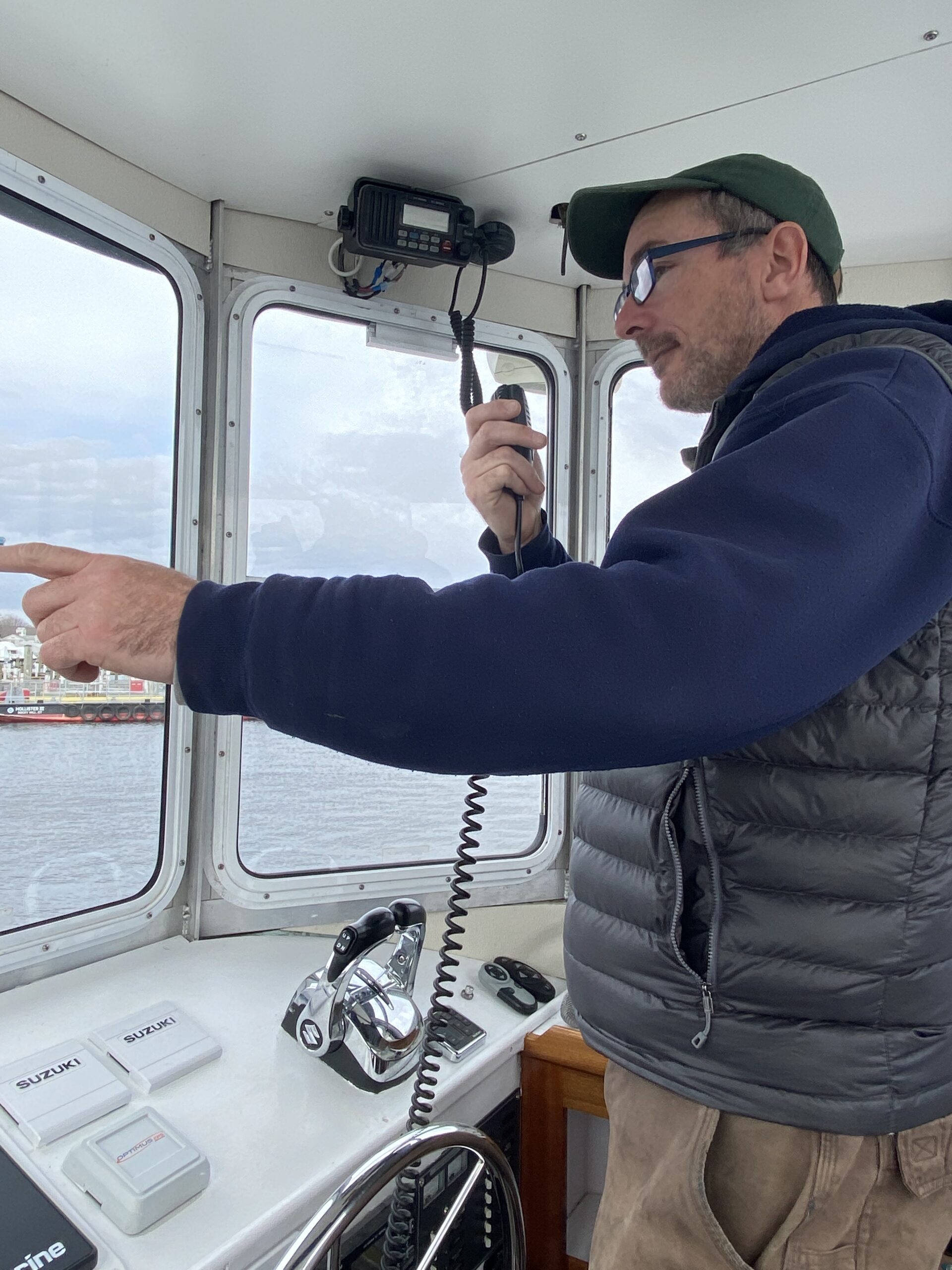Rivers of Life: On, In, Near The Marvelous Long Tidal Connecticut
Cast your eye on me, gentlemen!—and lay low and hold your breath, for I'm bout to turn myself loose!”
― Mark Twain, Life on the Mississippi
Take me to the river.
News for all those who love the Connecticut River, wildlife, explorations.There were no bald eagles in CT in the 1950s, but there are now, a major environmental victory for the species and all who love the river and how so many life forms connect because of the tidal waters, a true natural wonder.
In 2022, Connecticut River Museum recently the RiverQuest from Connecticut River Expeditions. This vessel now has a permanent residence at the Steamboat Dock in Essex. Waiting for you, friends, family to purchase a ticket and ride the river.
The 64-foot vessel is part of the museum’s fleet, which includes the Onrust.
For the past 20 years the Connecticut River Museum Winter Wildlife Eagle Cruises has offered visitors the opportunity to view bald eagles found along the lower river, a habitat that hosts a transient winter population as well as nesting residents.
Rivers, water, life. You, me, us, them. One planet, welcome aboard.
Other winter species that visit the waters of the Connecticut River, include harbor seals, the only marine mammal common to the state.

Heron by Cathy Malin, CT River Museum Naturalist and Director of Visitor Experience; she can help visitors “see” wildlife hidden in plain sight and provide details of life on, in, along the river.
Cruises aboard R/V RiverQuest will provide passengers with a comfortable, heated cabin supplied with hot coffee and tea, as well as binoculars to aid in spotting and narration from a staff naturalist. Cruises depart Fridays, Saturdays, and Sundays at 10:00 am and 12:30 pm. The cost of the two-hour cruise is $45 per passenger and includes admission to the Connecticut River Museum. Group rates are available.
In addition to river cruises, the museum’s annual Eagles of Essex exhibit offers a wealth of information about bald eagles and their return to the Connecticut River. Among the displays, visitors will find a map showing good shore viewing locations.
The Connecticut River Museum, located in the historic Steamboat Dock building, offers exhibits and programs about the history and environment of the Connecticut River, where visitors may explore to learn the stories of people and the river, from pre-historic times through the present.
For a full listing of events or to book your cruise aboard RiverQuest, go to www.ctrivermuseum.org or call (860) 767-8269, ext. 110. Open Tuesday – Sunday, 10 a.m. to 5 p.m.

Captain Dan and Cathy Malin. Passengers sail with Cathy Malin, crew/naturalist on RiverQuest for more than 10 years.
Related story from a past visit, about Connecticut River Museum here.
——————–
Now for those who love equines in all shapes and sizes: Saturday, March 25 2023 is the annual CT Horse Symposium, 9 a.m. to 3 p.m. There is a heated arena seating and a heated lobby inside the arena at the UConn Storrs campus Horsebarn Hill. For information call Dr. Jenifer Nadeau, (860) 486-4471. Please park in the paved lot. Horse trailers only in the dirt lot. Hope to see you there.
Vendor fair, 9 a.m. to 2 p.m.
Admission is $20 all day or $10, half day 1 to 3 p.m.; $10 ages 9-18/4-H leaders/UConn students/4-H members; 9 and younger, free. Money raised is used to directly support equine research and extension programs at the University of Connecticut. No pre-registration needed for spectators: pay at the door or online. See health requirements at the link above.
I’m not very familiar with duns, but this horse’s color seems less dilute than I expected for being (I assume) a bay dun. Do I have some coat genetics expert followers or mutuals who will now enlighten me? 🐴🤓 pic.twitter.com/n9T9t95yu9
— A Smith Muise (@amysmithmuise) February 17, 2022
Rivers lead on, provide peace, inspiration. Time well spent. One more song. Editor's note: This story has been revised and updated.



